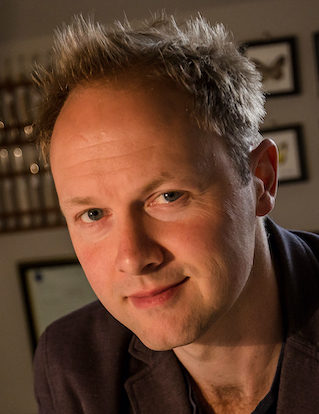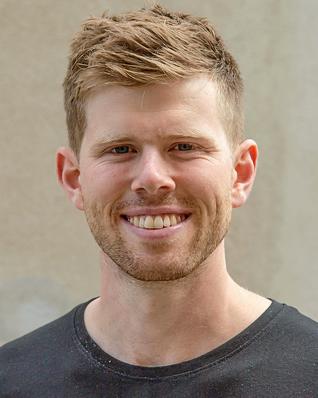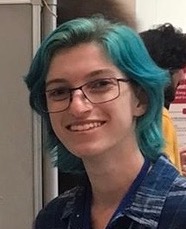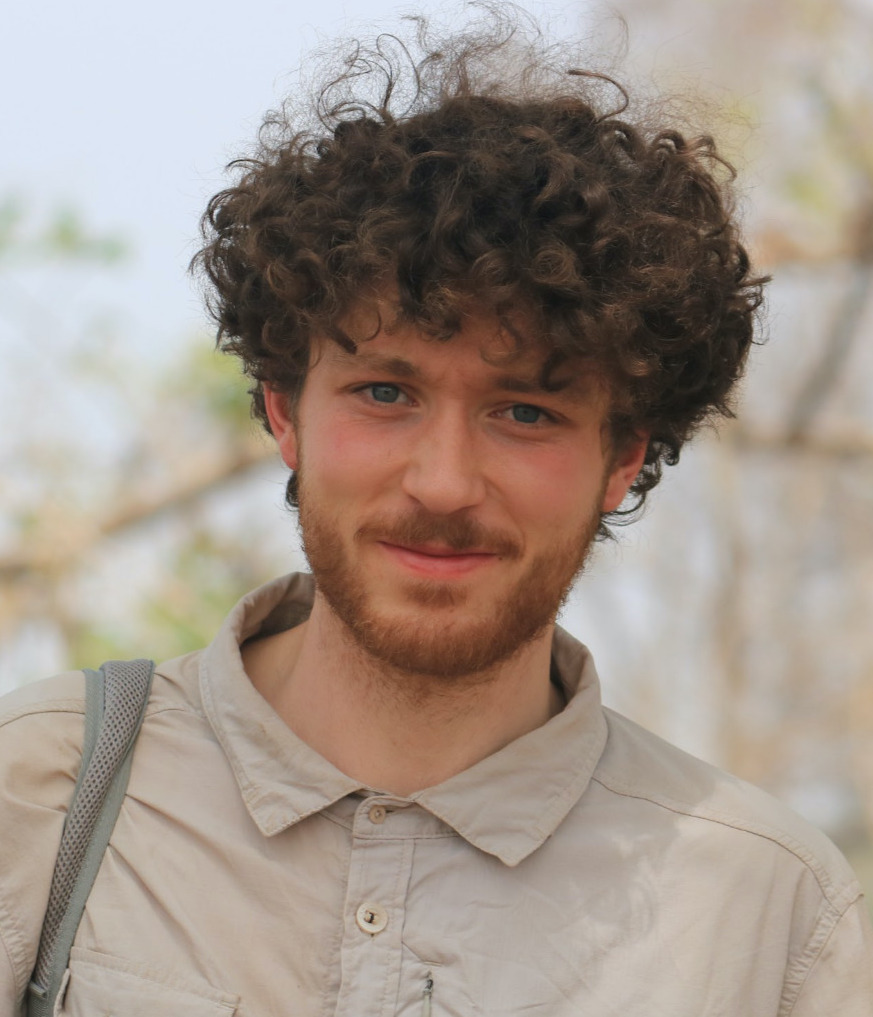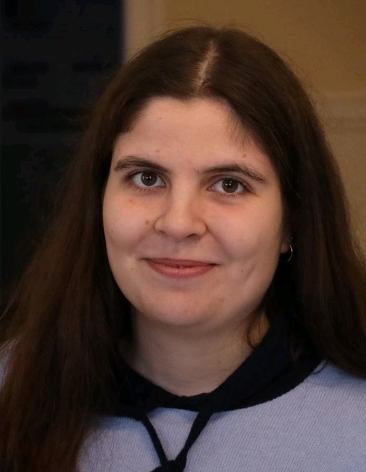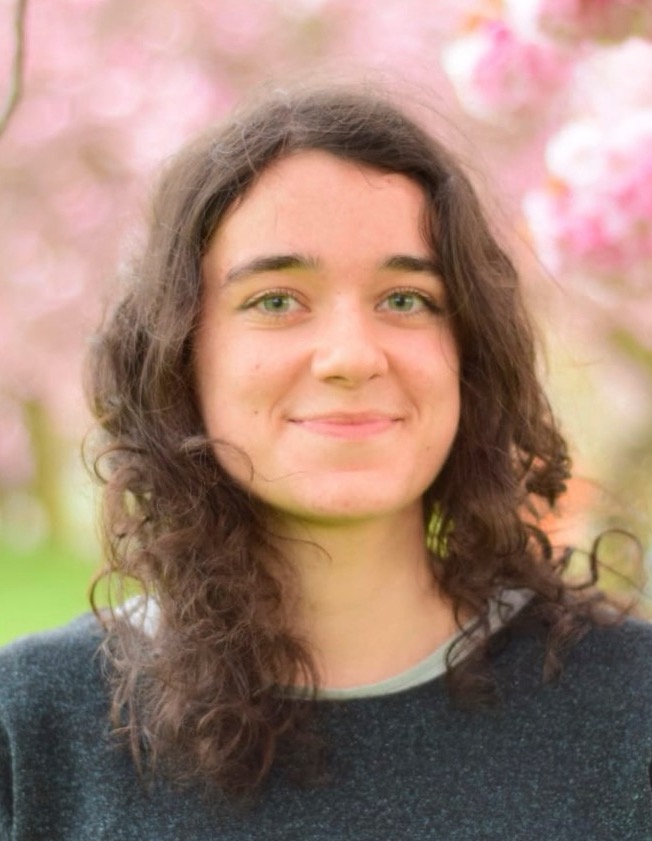Applied Statistics - From data to results (Winter 2025-26)
"Essentially, all models are wrong, but some are useful". [George E. P. Box, British Statistician, 1919-2013]Course information (What, when, where, prerequisites, books, curriculum, and evaluation):
| Period: | Blok 2 (17th of November 2025 - 16th of January 2026 including exam), 8 weeks total. | |
| When: | Monday 8:15-12:00, Tuesday 13:15-17:00, and Friday 8:15-12:00 (Week Schedule Group B). | |
| Note on morning lectures: After the first week, we will start 9:15 on Mondays and Fridays (except for project work). | ||
| Where: | Lectures: Aud. 4 at HCØ, see also KU Room Schedule plan. | |
| Exercises Mondays: NBB 2.3.H.142, 2.2.I.158, 2.2.H.142, and 2.1.I.156 (backup: 1.2.B.015). | ||
| Exercises Tuesdays: HCØ A111, A112, C103, and Aud 07 (backup: Aud 04) | ||
| Exercises Fridays: NBB 2.3.H.142, 1.01.F.70, and 2.0.G.064/070. | ||
| Content: | Graduate statistics course giving an advanced introduction to statistics and data analysis. | |
| Level: | Intended for physics (and science) students at 3rd-5th year of studies and new Ph.D. students. | |
| Prerequisites: | Math (calculus and linear algebra) and programming experience (preferably Python, but there are no language requirement). | |
| Note on prerequisites: Programming is an essential tool and necessary for the course!!! | ||
| Format: | Shorter lectures followed by computer exercises, discussion, and occationally experiments. | |
| Text book: | Roger Barlow: Statistics: A guide to the use of statistics. |
|
| Additional literature: | Glen Cowan: Statistical Data Analysis, which is a shorter, modern introduction to statistics and data analysis. | |
| Software used: | Python (v3.11+) and a few packages on top in Jupyter Notebook (see Nature article). | |
| Exercise/code repository: | All code used for the exercises of the course will be at the AppliedStatisticsNBI GitHub. | |
| Pensum/Curriculum: | The course curriculum covers chapters 1-8 + 10 in Barlow with many exceptions, detailed in the link. | |
| Expected learning: | What I expect you to learn is discussed here: Learning objectives | |
| Evaluation: | Problem set (20%), Project (20%), and take-home exam (60%). | |
| Exam: | Take-home (36 hours!) exam given Thursday the 15th of January 2026 at 8:00 and end on Friday the 16th of January at 20:00. |
Before course start:
For an overview of the course curriculum, please see the overview video (1.1 GB, 12 min.) and overview PDF.
Further course information can be found here: Applied Statistics course information.
The "course introduction" questionnaire to be filled out at: Applied Statistics 2025 Questionaire.
List of things to be done by first day of course (Monday the 17th of November): Applied Statistics check list.
Python specific precourse considerations:
The source of all code for this course is the NBI Applied Statistics github repository.
For a quick introduction to the basic git commands, please see the simple and/or advanced git cheat sheet.
Also, Install Python as described in README.md in version 3.11+, and put a few packages on top.
User Guides for the Minuit2 minimisation package with great guides on fitting and speed optimisation: iminuit2.
Problem set: (due Saturday the 3rd of January 2025 at 22:00, but please start well before)
The problem set and the associated data/code can be found on GitHub and below:
Here is the associated data_LargestPopulation.csv data file for problem 2.3 and a Python script for reading it.
Here is the associated data_SignalDetection.csv data file for problem 5.1 and a Python script for reading it.
Finally, you can find a few words of advice in the ProblemSet Advice & Check List.
Course outline:
Below is the preliminary course outline (subject to changes and updates throughout the course).
Week 0 (Help with access, setup, programming, concepts, and preparation):
Nov 14: 11:00-12:00: Help with access, setting up Python, programming, course details, and measuring table! (in Auditorium A)
Week 1 (Introduction, General Concepts, ChiSquare Method):
Nov 17: 8:15-10:00: Introduction to course, outline of subjects, and overview of curriculum (in Aud. 4 at HCØ).
Mean and Standard Deviation. Correlations. Significant digits. Central limit theorem.
Nov 18: Error propagation (which is a science!). Estimate g measurement uncertainties.
Nov 21: ChiSquare method, evaluation, and test. Start formation of Project groups.
Week 2 (PDFs, Likelihood, Systematic Errors):
Nov 24: 9:15: Probability Density Functions (PDF) especially Binomial, Poisson and Gaussian (Note: Morning lectures now start at 9:15).
Nov 25: Principle of maximum likelihood and fitting (which is an art!).
Nov 28: 8:15 - Group A: Project (for Saturday the 13th of December) doing experiments in First Lab.
9:15 - Group B: Systematic Uncertainties and analysis of "Table Measurement data" (Mathias) in Aud. A (+B).
Project Groups (version Tuesday 25th at 13:15): ProjectGroups_V3.0.pdf.
Week 3 (Using Simulation and More Fitting):
Dec 1: 8:15 - Group B: Project (for Saturday the 13th of December) doing experiments in First Lab.
9:15 - Group A: Systematic Uncertainties and analysis of "Table Measurement data" (Mathias) in Aud. A (+B).
Dec 2: Producing random numbers and their use in simulations.
Dec 5: Fitting strategies.
Submission of result values for table measurements.
Week 4 (Hypothesis Testing, confidence intervals/limits, and Bayesian statistics):
Dec 8: Hypothesis testing. Simple, Chi-Square, Kolmogorov, and runs tests.
Dec 9: Confidence intervals and limits. Testing your own random (?) numbers.
Dec 12: Bayes theorem and Baysian statistics (Mathias).
Projects should be submitted on Absalon by Saturday the 13th of December at 22:00!
Submission of result values for project.
Week 5 (Calibration, Multivariate Analysis, and real data classification/analysis):
Dec 15: Table Measurement solution discussion. Calibration and use of control channels.
Dec 16: Multi-Variate Analysis (MVA). The linear (Fisher) discriminant (compared to PCA).
Dec 19: Discussion of Problem Set. Analysis of real and complex data on separating/classifying events. Analysis of testbeam data.
Week 5.5 (No teaching):
Dec 22: Due to expected low attendance, this day will be dedicated to self study and own work on Problem Set.
Week 6 (Introduction to Machine Learning and real data classification/analysis):
Jan 2: Machine Learning (ML). Neural Networks, Decision Trees and other MLs (not curriculum). Exercise: ML and/or Problem Set!
Problem set should be submitted by Saturday the 3rd of January at 22:00!
Week 7 (Advanced fitting, Problem Set deliberation, and time series):
Jan 5: Stratification - beating sqrt(N). Discussion of selected parts of course curriculum. Exercise on simulation.
Jan 6: Advanced fitting with both functions, models, and in 2D. Discussion of Analysis of testbeam data.
Jan 9: Time series analysis (Mathias).
Week 8 (Fitting and exam):
Jan 12: Discussion of Problem Set solution. Deliberation on previous exam. Discussion of fitting philosophy.
Jan 13: Simpson's Paradox. Exam questions. Catch up on exercises.
Jan 15: Exam given (posted on course webpage 8:00 in the morning).
Jan 16: 20:00 Exam to be handed in (on www.eksamen.ku.dk).
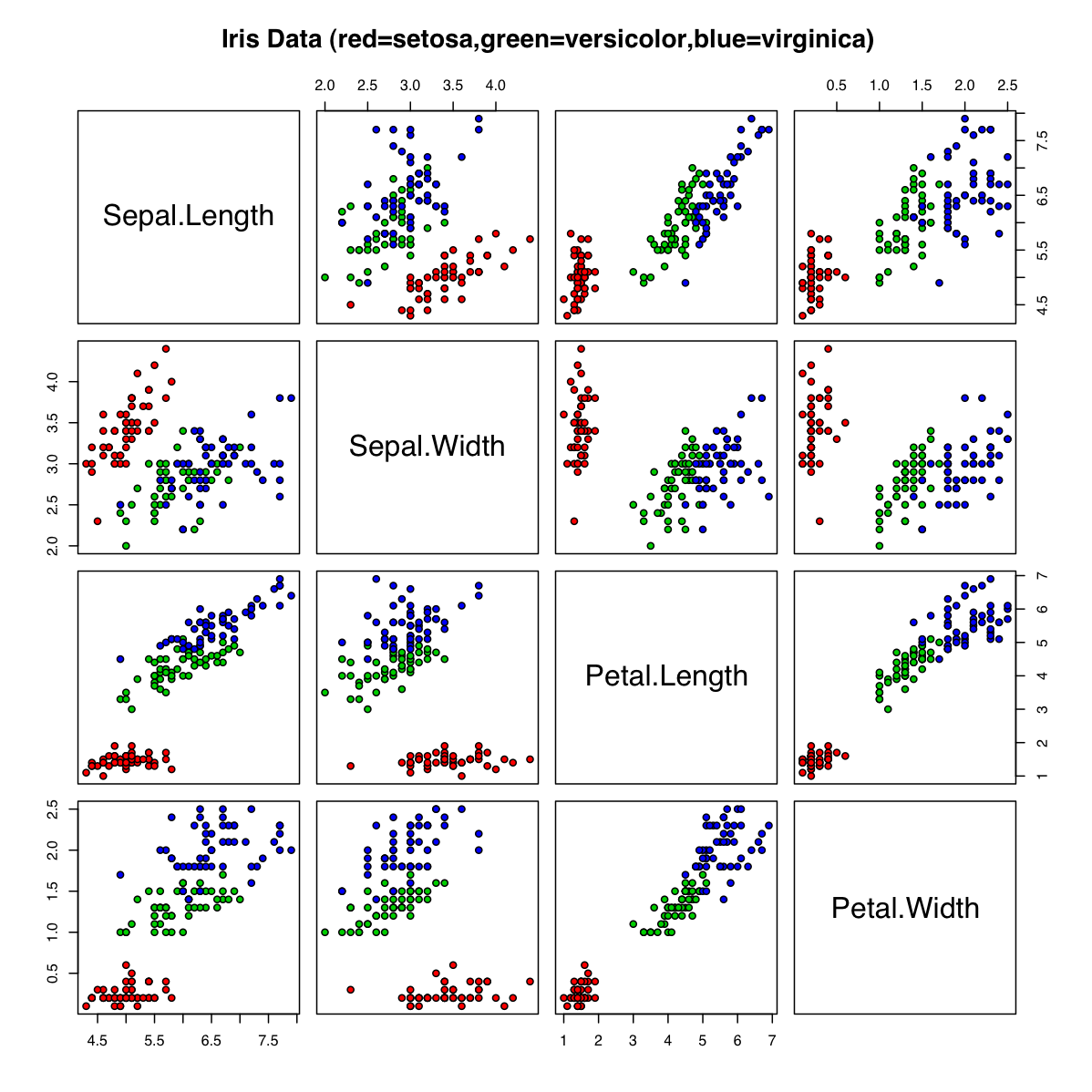

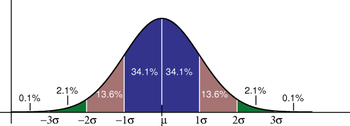
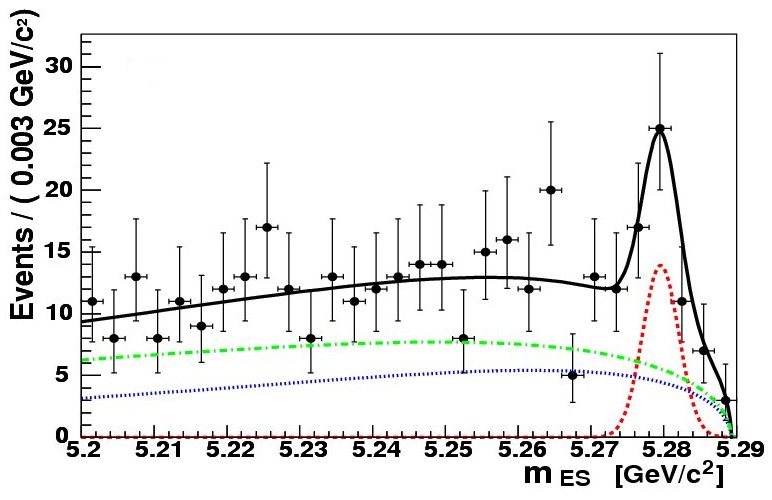

Notes and links:
In addition to the text book and other literature, some notes may be useful during the course:
Course comments/praise (very biased selection!):
|
"Kaere Troels. Jeg skriver til dig fordi jeg tog dit kursus, 'Anvendt statistik' tilbage i 2012.
Jeg var (er) meget begejstret for det kursus og har brugt den viden utallige gange siden." [Rune Gjermundbo, Director of Business Operations, in 2023] "Hej Troels. Jeg taenkte paa, om ikke du ville sende mig linket til din AppStat 2022 hjemmeside? Jeg har tilsyneladende forlagt det, og der er simpelthen saa meget guld derinde. :D" [Sarah Andersson, Operations Engineer at Netcompany, in 2024] Comments from previous years |
Last updated 6th of November 2025.
